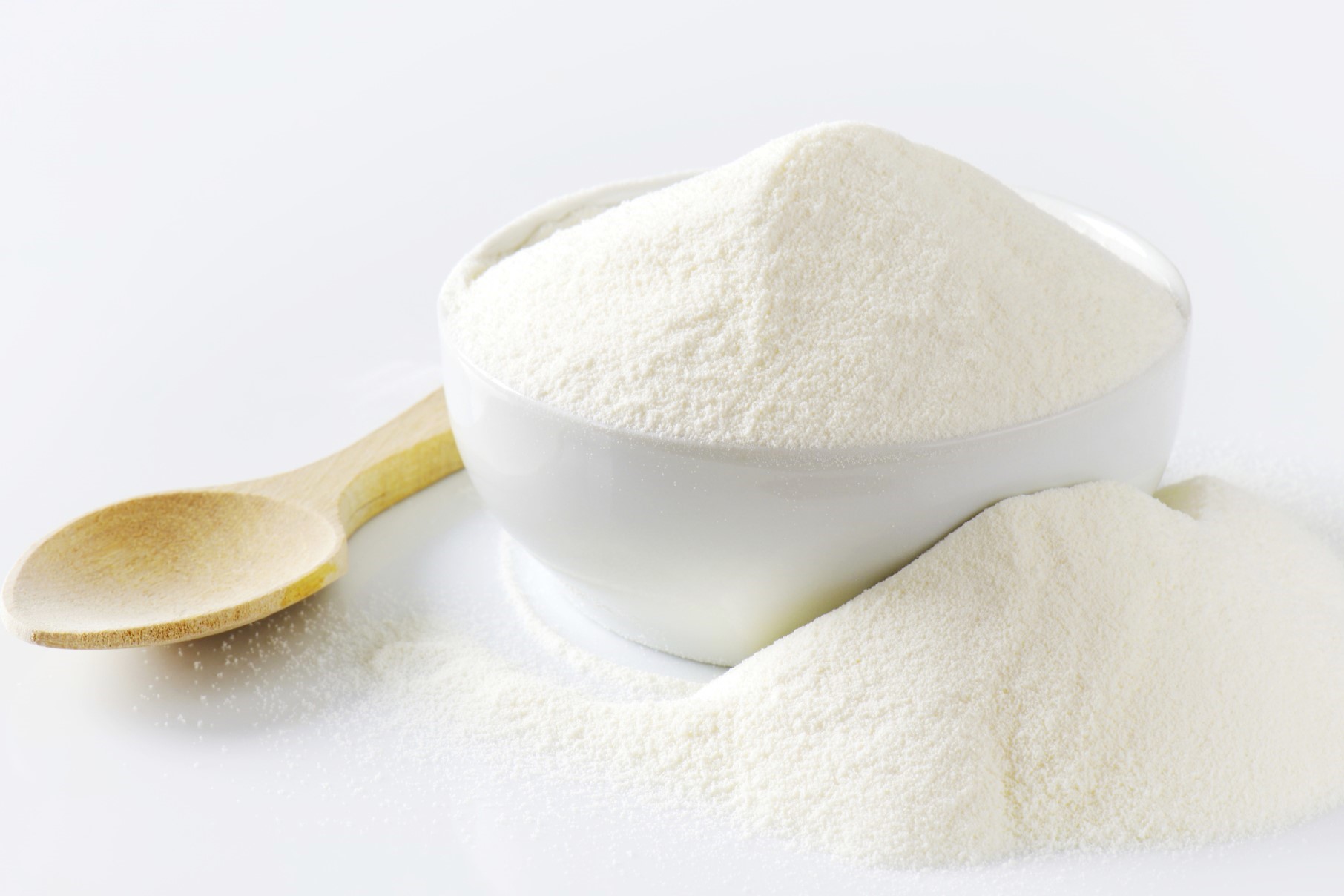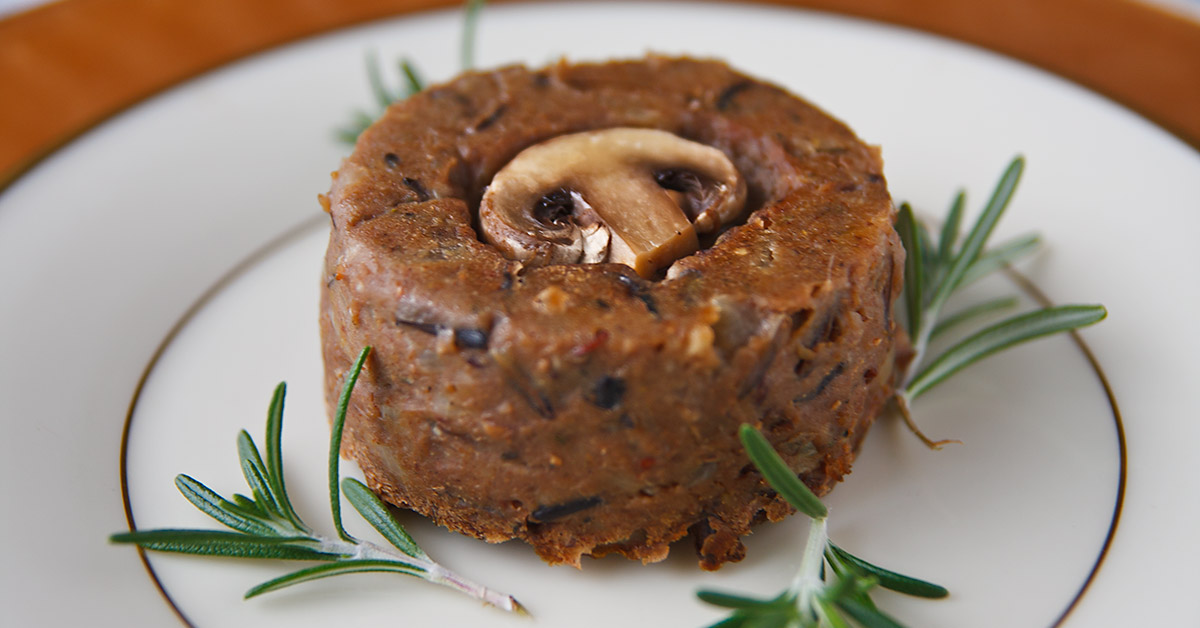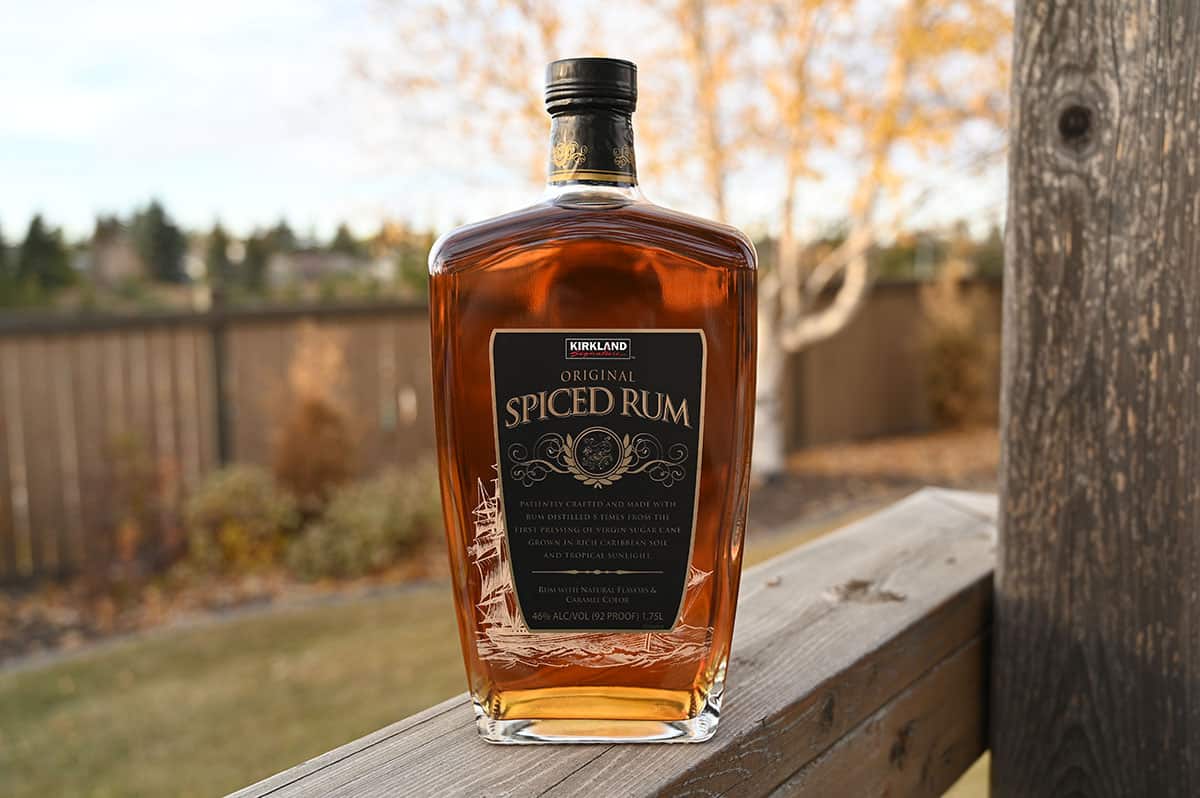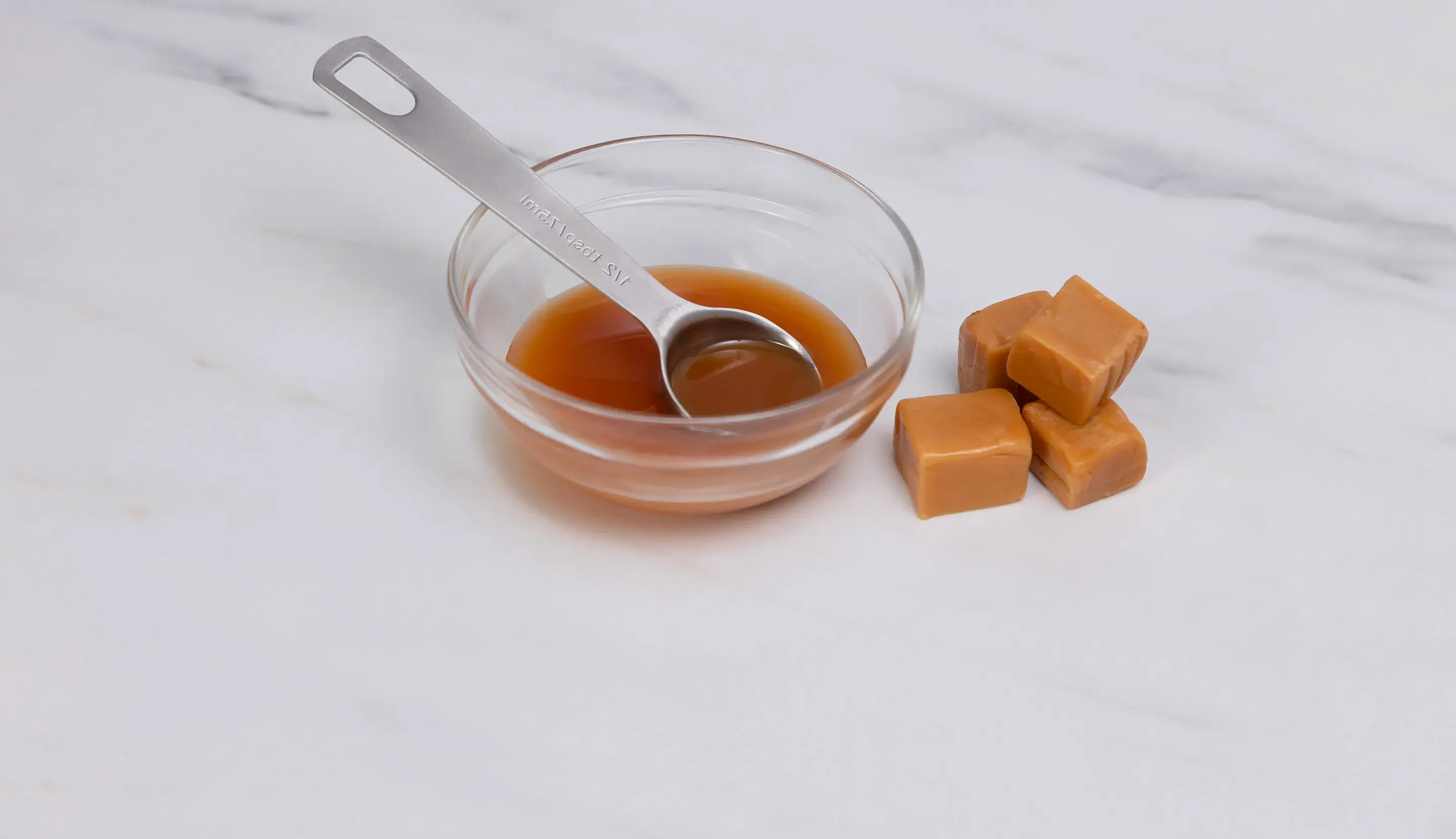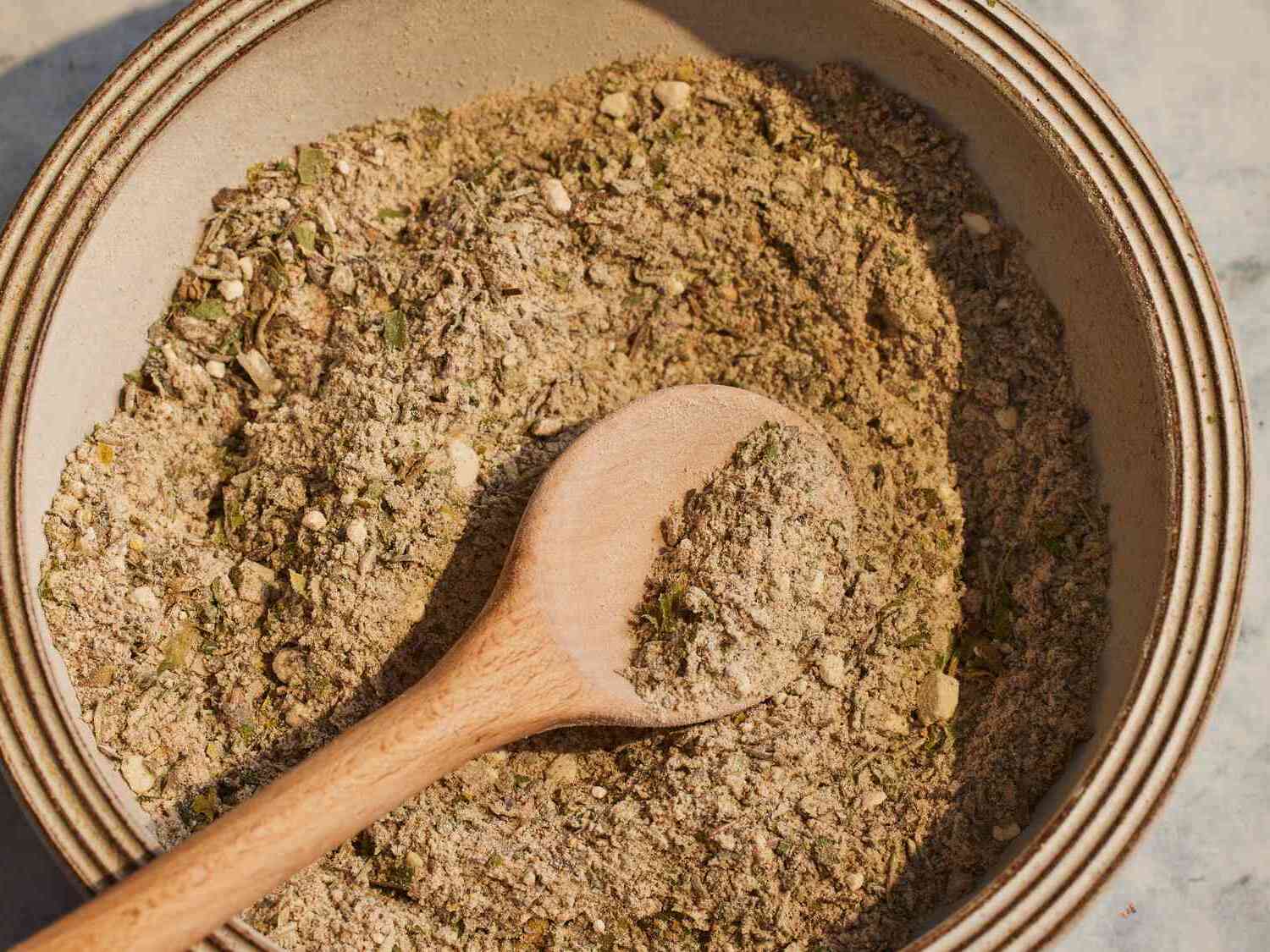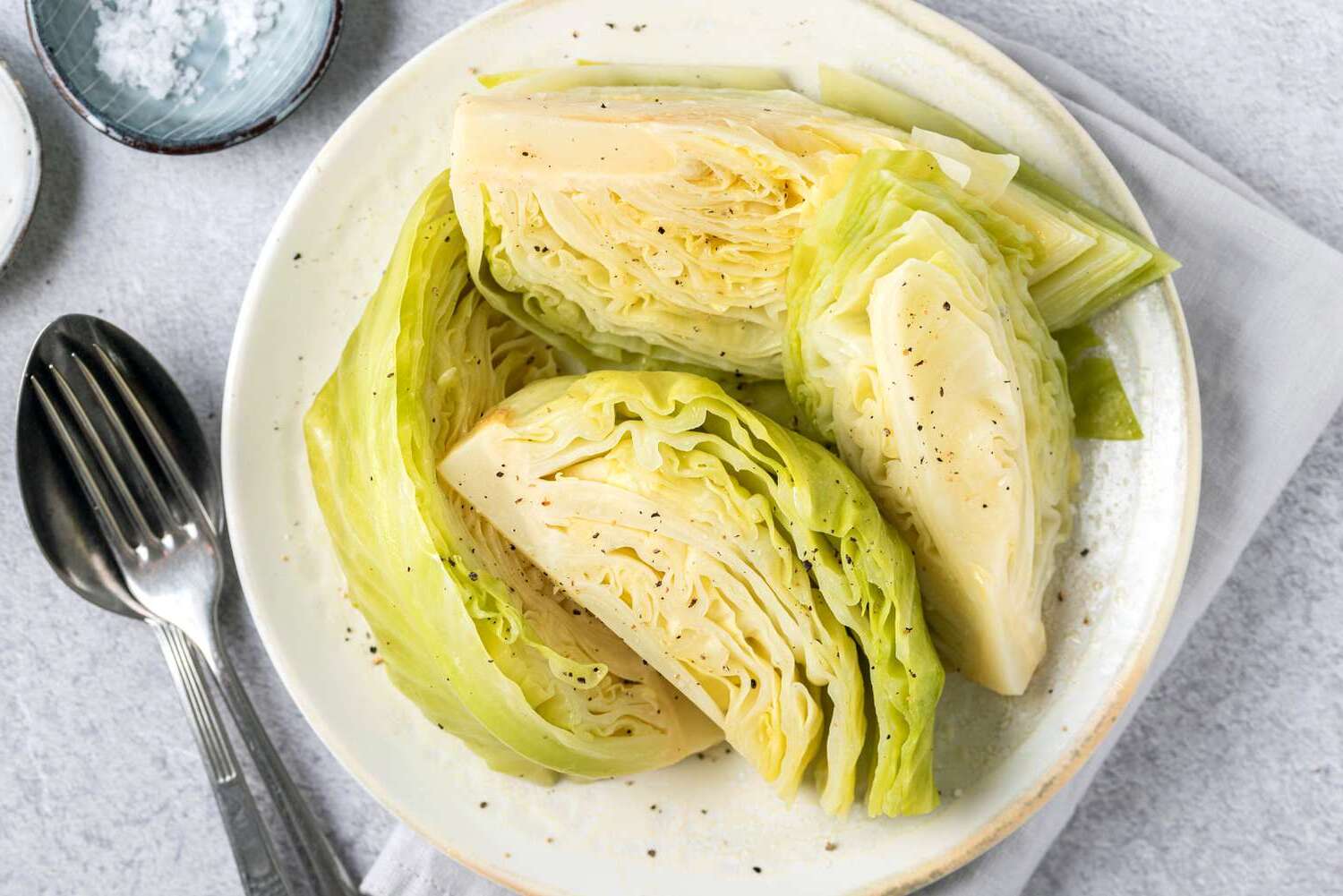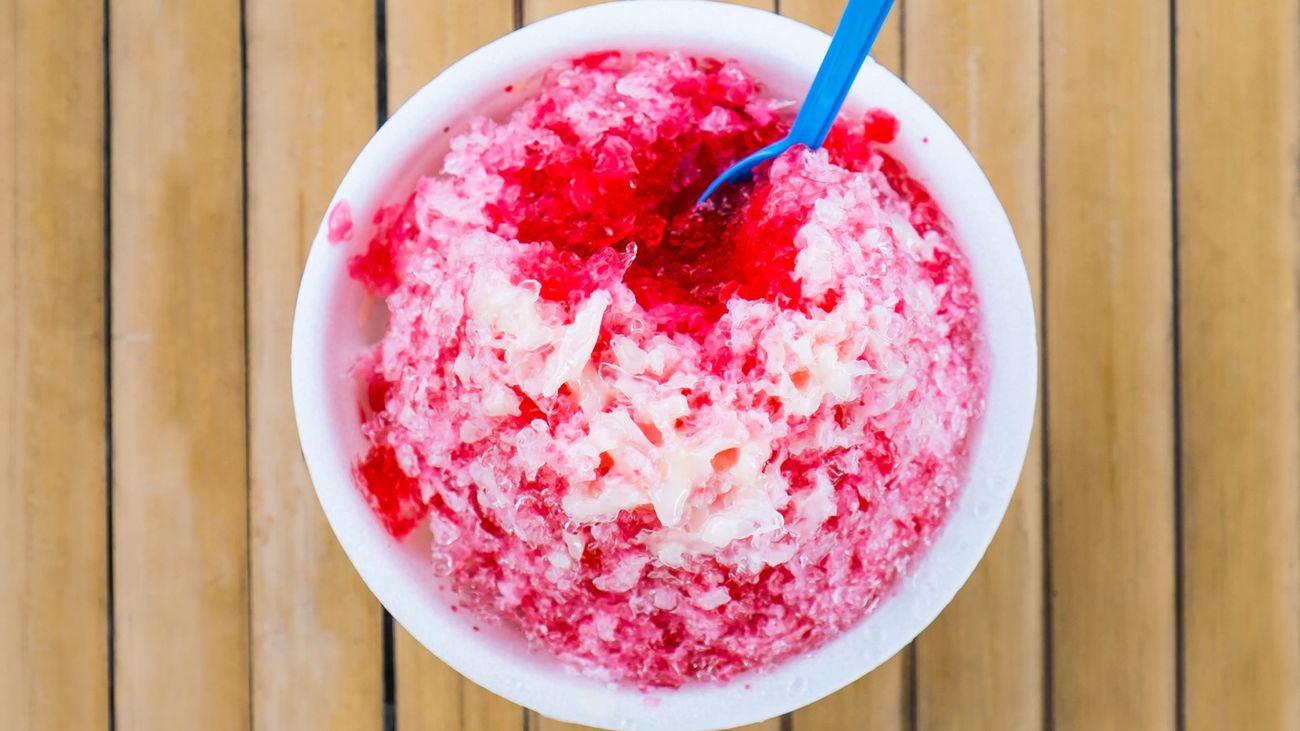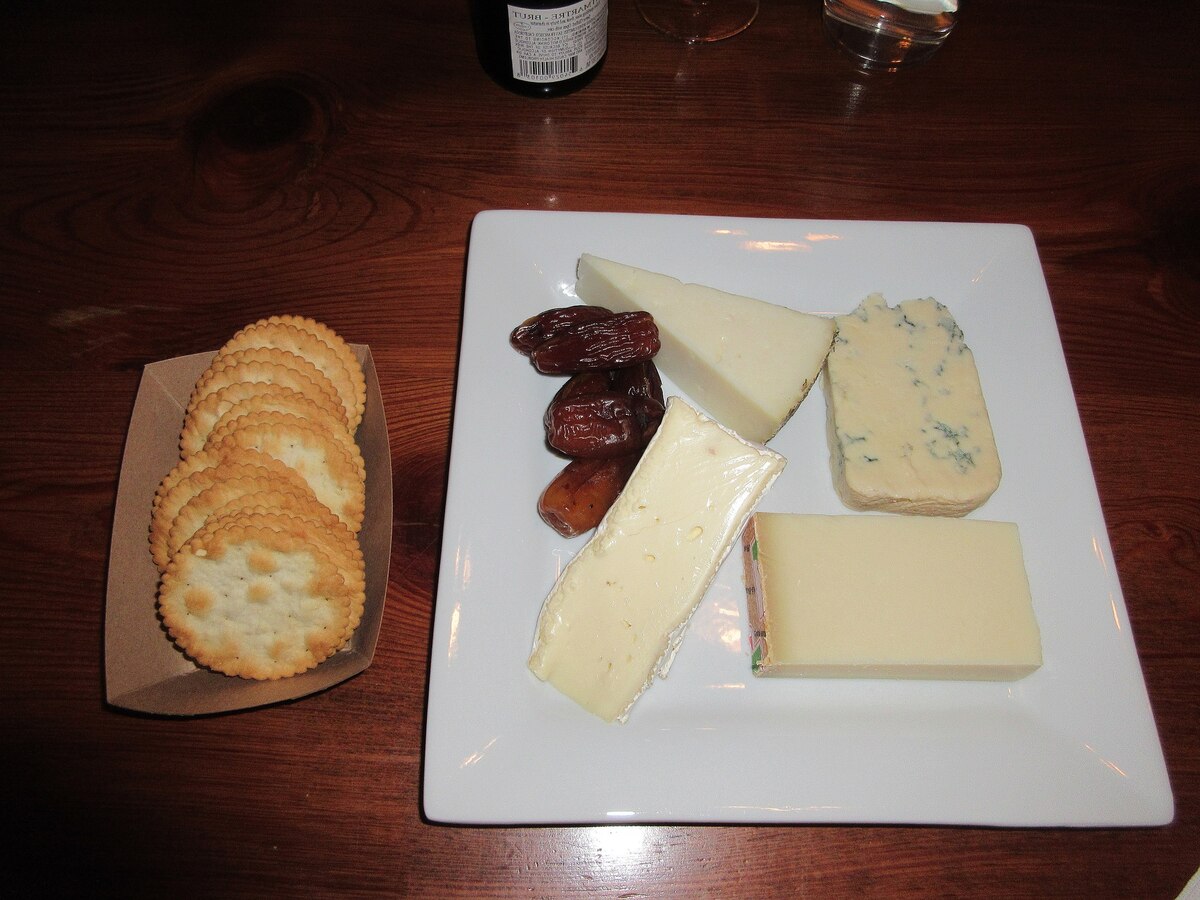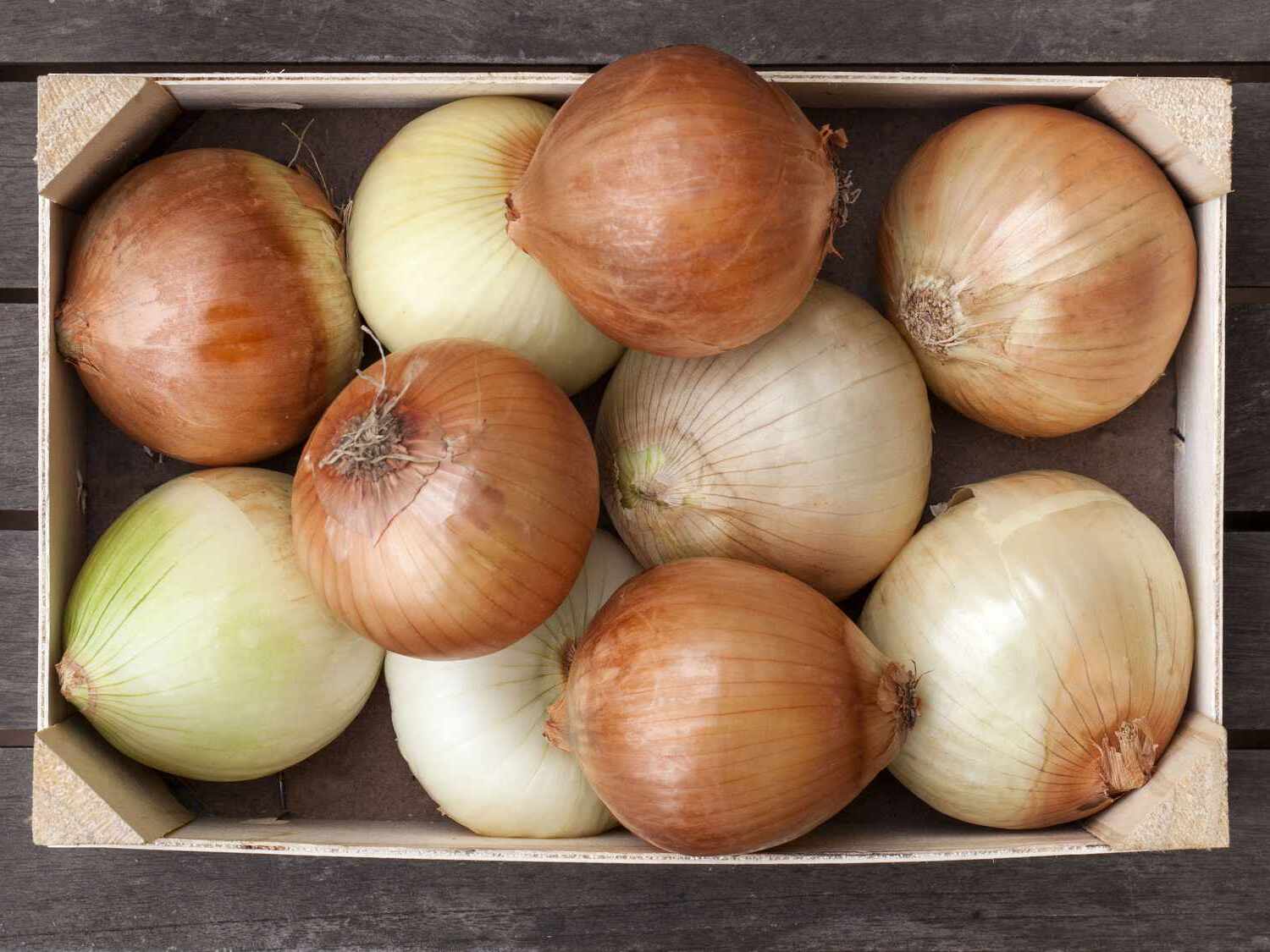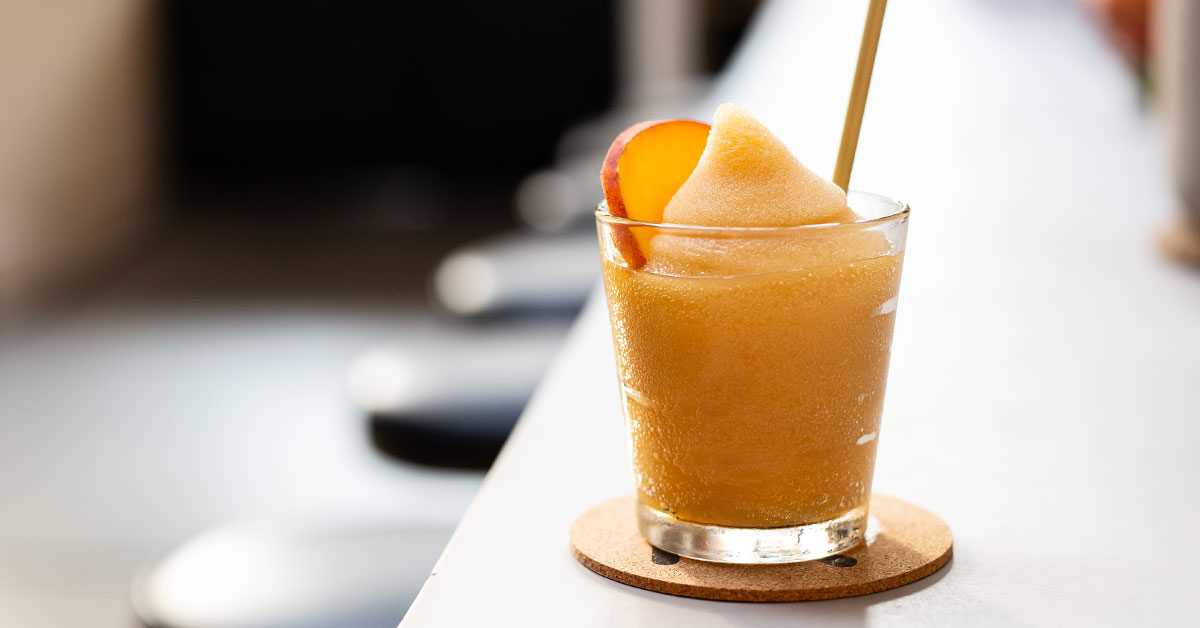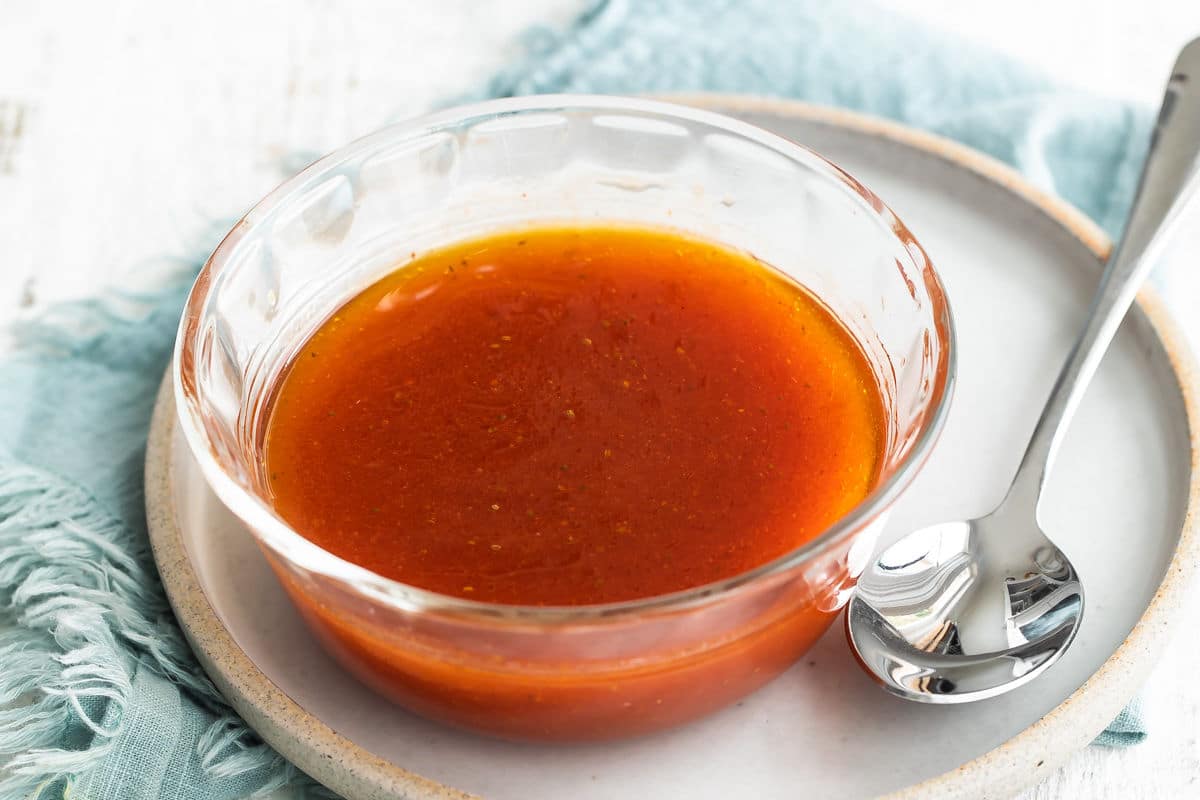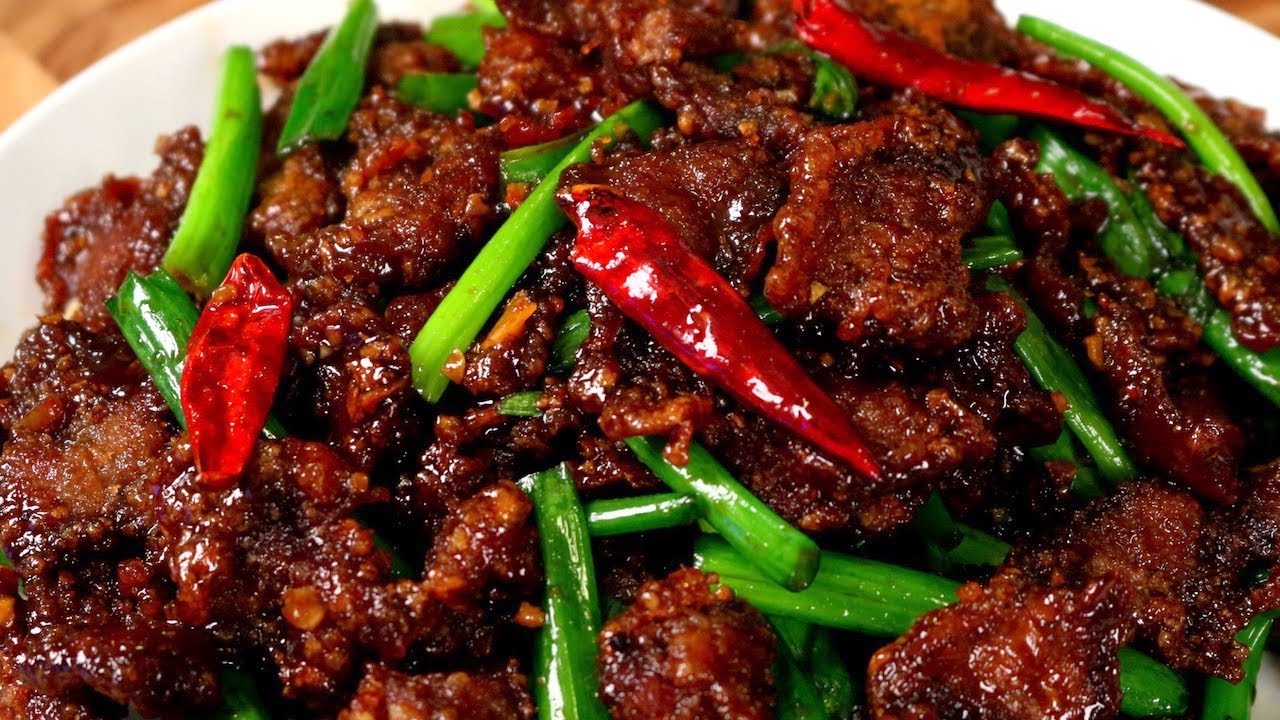Understanding Short-Cut Pasta
Short-cut pasta is a staple in many kitchens around the world. It is a versatile and convenient option for creating delicious meals in a short amount of time. But what exactly is short-cut pasta, and how does it differ from other types of pasta?
What is Short-Cut Pasta?
Short-cut pasta refers to a variety of pasta shapes that are, as the name suggests, shorter in length compared to long pasta such as spaghetti or fettuccine. These shapes are often designed to hold sauces and ingredients, making them ideal for dishes like macaroni and cheese, pasta salads, and casseroles.
Common Types of Short-Cut Pasta
There are numerous types of short-cut pasta, each with its own unique shape and texture. Some of the most popular varieties include:
- Macaroni: Elbow-shaped pasta that is commonly used in macaroni and cheese dishes.
- Penne: Short, tube-shaped pasta with diagonal cuts at the ends, perfect for holding chunky sauces.
- Rotini: Spiral-shaped pasta that pairs well with both creamy and tomato-based sauces.
- Farfalle: Bow-tie shaped pasta that adds a touch of elegance to any dish.
- Shells: Small, concave pasta shapes that are great for capturing and holding onto sauces.
Uses of Short-Cut Pasta
Short-cut pasta is incredibly versatile and can be used in a wide range of dishes. Some popular uses for short-cut pasta include:
- Macaroni and cheese
- Pasta salads
- Casseroles
- Soups and stews
- Baked pasta dishes
Cooking Short-Cut Pasta
Cooking short-cut pasta is relatively simple. Here are a few tips to ensure that your pasta turns out perfectly every time:
- Use a large pot: Short-cut pasta needs plenty of room to move around while cooking, so be sure to use a large pot with plenty of water.
- Add salt to the water: Adding salt to the cooking water helps to flavor the pasta from the inside out.
- Stir occasionally: To prevent the pasta from sticking together, give it a gentle stir every now and then.
- Test for doneness: Short-cut pasta typically cooks in 8-10 minutes, but be sure to taste a piece to ensure it is cooked to your liking.
- Don’t rinse: Unlike long pasta, short-cut pasta should not be rinsed after cooking, as this can remove the starch that helps sauces adhere to the pasta.
Conclusion
Short-cut pasta is a convenient and delicious option for a wide variety of dishes. Whether you’re making a quick weeknight meal or a special weekend dinner, short-cut pasta is sure to be a hit with your family and friends. With its versatility and ease of preparation, it’s no wonder that short-cut pasta is a beloved staple in kitchens around the world.
Was this page helpful?
Read Next: What Is A Substitute For Ketchup?
